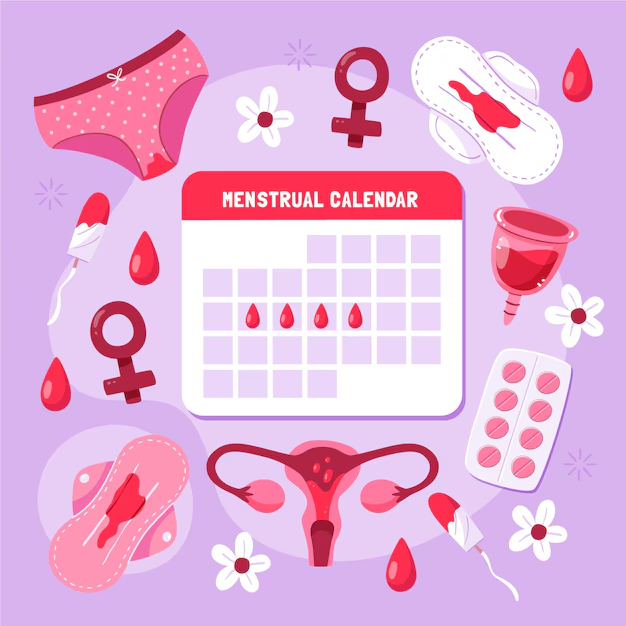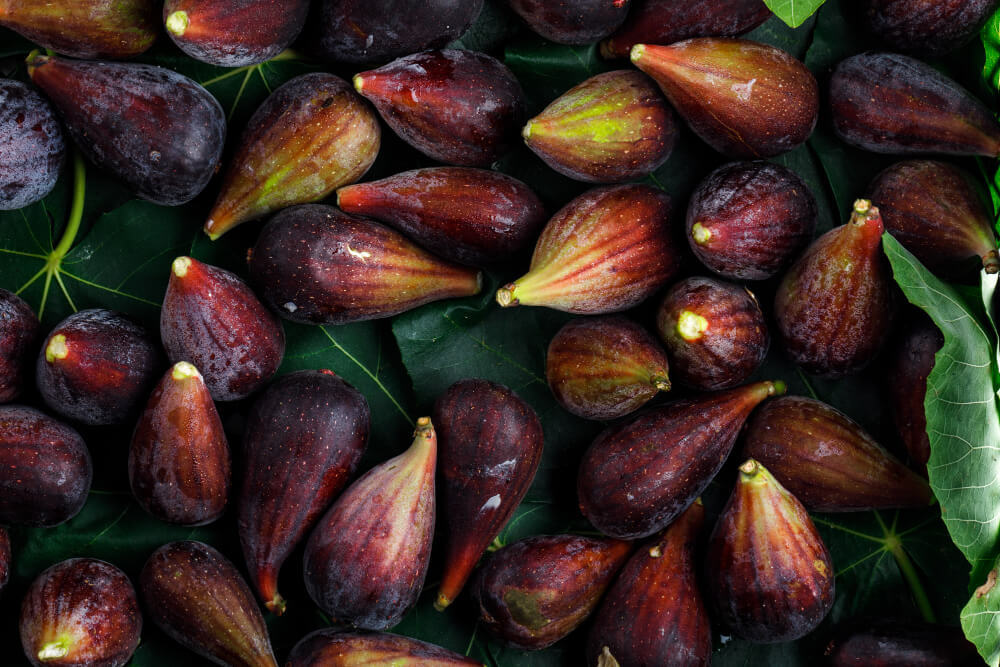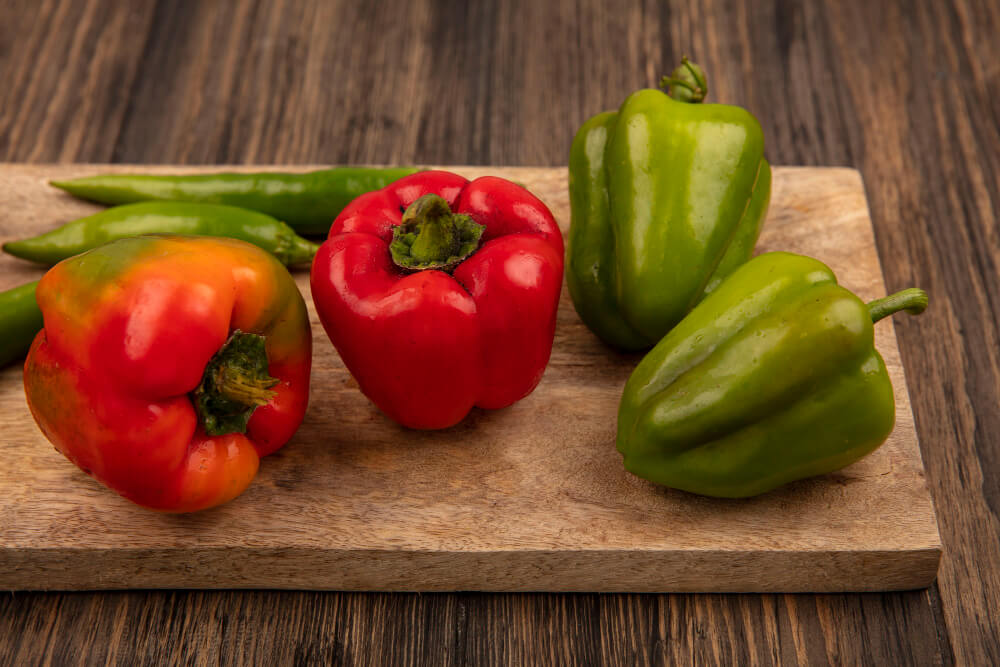Organizing baby clothes

Bringing a new baby into the world is an exciting journey filled with joy, anticipation, and yes quite a bit of preparation! One important (and often underestimated) part of preparing for your little one is organizing baby clothes. With so many sizes, styles, and tiny items to manage, a solid organization system will save you stress and make daily routines much smoother once your baby arrives.
Here’s a step-by-step guide to help you efficiently organize baby clothes before your bundle of joy makes their big debut.
1. Sort by Size First
Newborn clothes are adorable, but babies grow quickly. Start by sorting clothing by size Newborn, 0–3 months, 3–6 months, and so on. This will help you plan ahead and know which clothes are ready to use now, and which should be stored for later.
Tip: Not all brands size their baby clothes the same way. If possible, organize by actual fit rather than the label size, based on your baby's current weight and height or the size chart on the tag.
2. Group by Type
Once you've sorted by size, sort by type onesies, sleepers, socks, hats, mittens, rompers, and outfits. Having similar items grouped together makes it quicker to grab what you need during diaper changes or while packing a diaper bag.
3. Use Drawer Dividers or Storage Bins
Tiny clothes can easily become messy in large drawers. Use drawer organizers, bins, or baskets to keep items neatly separated. Label each section clearly, like:
-
0–3M Onesies
-
0–3M Sleepwear
-
Accessories (hats, socks, mittens)
-
Burp cloths & bibs
Clear storage bins also help you quickly spot what you need without rummaging.
4. Maximize Closet Space
Use baby sized hangers and hang outfits or dresses that might wrinkle in a drawer. Consider installing a second lower rod in the closet to double your hanging space baby clothes are small and don’t need much vertical clearance.
You can also hang a fabric organizer for items like shoes, folded outfits, or blankets.
5. Label Everything
Labeling helps everyone you, your partner, and even grandparents or babysitters know where everything belongs. Use simple tags or sticky notes for drawers, bins, and closet sections.
This will keep things organized long after the baby arrives and you're juggling feedings and naps.
6. Keep a “Too Small” Bin Handy
Babies grow faster than you think! Keep an empty bin or basket labeled “Too Small” nearby. When something no longer fits, toss it in the bin. Later, you can decide whether to donate, store for future babies, or pass along to friends.
7. Wash & Rotate Clothing Frequently
Make sure all clothes are washed in baby safe detergent before first use. Stick to a rotating system so newer clothes aren’t forgotten at the back of the drawer. Use older items first and refresh the wardrobe as your baby grows.
8. Store Future Sizes Smartly
If you already have clothes in bigger sizes (6–9 months, 12M, etc.), store them in labeled bins by size. Keep these bins in the closet, under the crib, or in a storage area. When baby grows into a new size, it’ll be easy to swap out the wardrobe.
9. Plan for Accessibility
Keep the most used items like onesies, sleepers, and burp cloths within easy reach especially if you’re organizing near the changing table. Middle-of-the-night diaper changes become much smoother when everything is right where you need it.
10. Add a Personal Touch
Lastly, have fun with it! Use cute labels, color coordination, or themed storage baskets that match your nursery décor. This space is for you and your baby let it reflect your love and excitement.
Related Articles

When intimacy feels uncomfortable

Power naps during the day

Managing odor safely

Understanding Vaginal Discharge: What’s Normal and What’s Not

Baby development at 11 weeks

Baby development at 18 weeks

Herbal teas that help with cramps

Staying upright post-eating